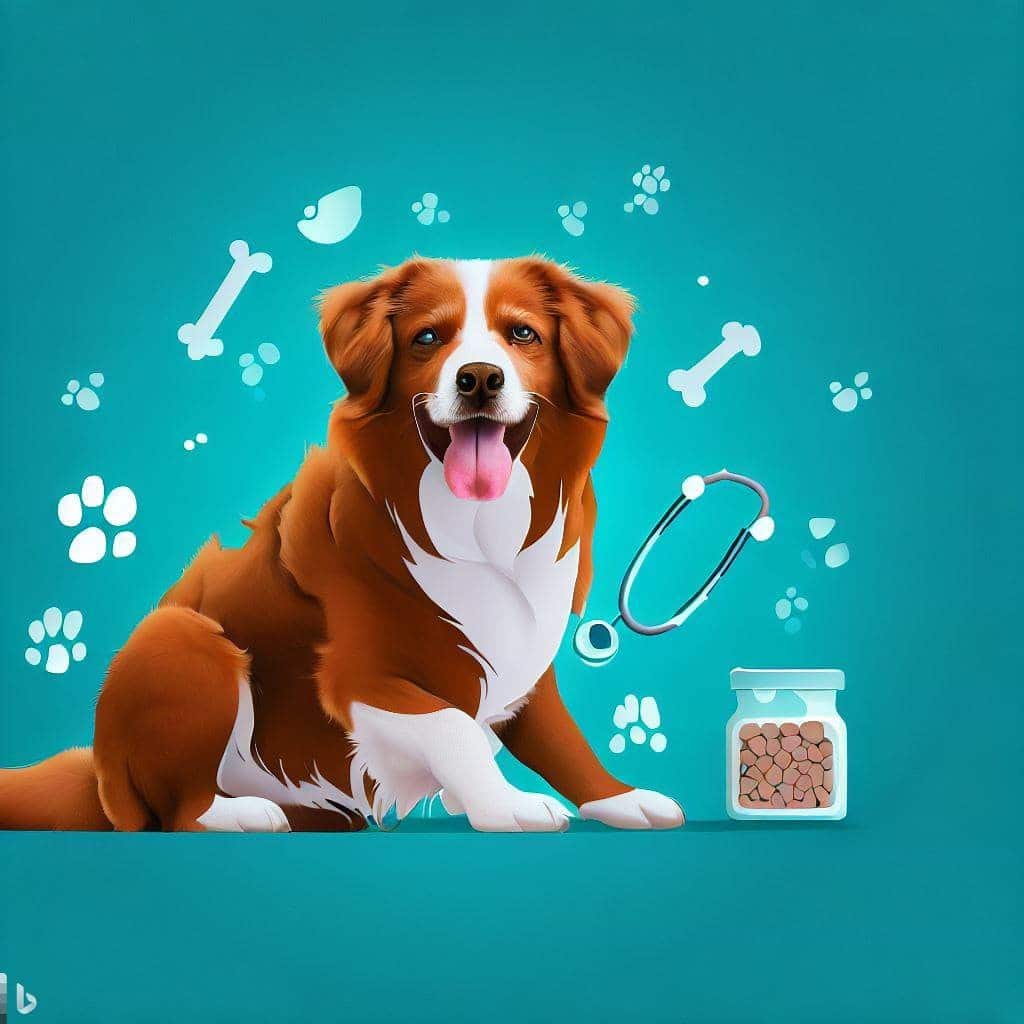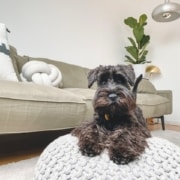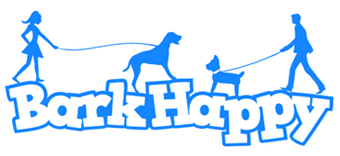So you’ve decided to welcome a puppy into the family. Many years of love, cuddling, and laughter are just beginning. Congratulations. There is nothing that can make you happier than a fluffy pet. It takes a lot of work, but raising a dog is incredibly worthwhile.
To keep your new pet safe, you should pet-proof your home before bringing your new puppy to prevent mischief from developing into a trip to the vet by keeping a watch on your dog and removing any potential dangers.
Your pet could be interested in many things in and around your home, including foods, plants, electrical wires, and chemicals. So in order for you to be ready and for your new pet to be able to grow up in safety and happiness, we’ll help you locate them before they find you.
Preparing your home for pets can seem like a big chore if you’ve never had one. Animals are naturally curious and will explore every crevice of your home. These tips can help you prepare your home for your new best buddy in order to keep them safe and minimize damage.
- Keep hazardous chemicals, such as cleaning products and pesticides, out of reach of your pets.
- Keep electrical cords and outlets covered to prevent your pet from chewing on them.
- Keep small objects, such as coins, buttons and small toys, out of reach of your pet to prevent choking hazards.
- Keep all windows and doors closed, and make sure screens are secure to prevent your pet from escaping.
- Keep plants that are toxic to pets out of reach, or consider using artificial plants instead.
- Secure loose or unstable furniture to prevent your pet from knocking it over.
- Keep trash cans out of reach and with a secure lid to prevent your pet from getting into the garbage.
- Make sure all medications and supplements are kept out of reach of your pets.
- Keep all sharp objects, such as knives and scissors, out of reach to prevent injury.
- Consider using baby gates to block off areas of your home that are off-limits to your pet.
- Keep your pet identification updated, and make sure your pet is microchipped.
101 Pet Safety
Inspecting your home’s safety is necessary to keep your new pet out of mischief. Even though they may seem perfectly harmless to you, many everyday objects in your home could harm your pet’s health. For the first few weeks, keep a close eye on your new pet and check every room of your house for these dangers. If there is a hidden danger in your home, a puppy is almost sure to discover it.
Kitchen: Small dogs are plainly dangerous to household cleansers and other hazardous chemicals, so they should be kept out of reach or behind a locked cabinet. Additionally, look behind cupboards and appliances for areas where a small animal can get trapped.
Unexpectedly, certain typical foods can be poisonous to cats and dogs. Foods with artificial sweeteners, avocados, grapes, onions, coffee grounds, chocolate, and more can be deadly or dangerous. Keep all food safely out of children’s reach, and close ground-level cabinets with a childproof lock as basic safety advice.
Bedroom: Your bedroom might seem like a safe space for your pet, but you’ll still need a safety inspection. Teething puppies are highly drawn to power cords and phone wires. Hot pepper sauce or a bitter apple spray will make power cords taste terrible, discouraging chewing.
Another helpful tool for protecting your furnishings is a bitter spray. Using the spray on wooden chairs and table legs can prevent your dog from making furniture a midday snack and can aid in training for good behaviors like staying off the couch.
Garage and Backyard: Your new pet can also be injured outdoors. Checking for hazards and dangers is essential for outdoor safety. Even modest amounts of ethylene glycol and other antifreeze can be fatal. A single lick could poison your pet.
Herbicides, rodenticides, and insecticides can also be very hazardous to pets. If you spray or treat your lawn, follow the manufacturer’s guidelines before you allow your pet to play in the affected area. And finally, keep a close eye on pets in garden spaces – common plants like lilies, holly, yarrow, yew, and other plant varieties can be harmful or potentially deadly.
It’s a good idea to check each room in your house for these typical risks, but you should still keep an eye on your pets for the first few weeks, especially if you’re dealing with a puppy.
Create a comfortable and functional pet nook in your home
It’s no secret that pets are family members too. All pet parents want to provide their pets with comfort and love. Creating a pet-friendly room to make your pet’s home life the best it can be, whether you adopted it or got it from a breeder, may improve your pet’s life by giving them a cozy, convenient pet nook where your pet can sleep, eat, and feel comfortable.
Before you decorate your pet nook, you need to accomplish some important things. Planning early will make your pet’s new habitat safe and convenient for everyone.
Safety first. Choose a safe spot where your pet cannot accidentally escape. Keep paints, household chemicals, and other dangerous materials out of their reach. Measure the space to make sure your dog won’t feel cramped. The surroundings should be quiet and cozy to make your pet feel at peace.
Choosing the perfect place. You may create a pet nook in several places. Think about spaces in your home that are underutilized or where you store things. Before designing, choose a site that works for you and your pet, such as beneath the stairs, in the laundry room, or in the kitchen. Keep these things in mind when designing your perfect pet nook:
- Choose a location that is easily accessible to your pet, but also out of the way of high-traffic areas.
- Make sure the space is well-ventilated and has adequate lighting.
- Provide a cozy bed or cushion for your pet to rest on.
- Include a water and food bowl in the space.
- Add a few toys for your pet to play with.
- Consider adding a litter box for cats or a potty area for dogs if needed.
- Keep the area clean and organized to ensure a comfortable and healthy environment for your pet.
- Make sure the nook is accessible to your pet when they are alone home.
- Consider adding a cam to monitor your pet while you are away.
- Personalize the space with your pet’s name or favorite color to make them feel special.
Creating a pet-friendly backyard
The backyard is a canine paradise, especially when their favorite human is there to play and engage with them. You and your dog will want to spend even more time together in this enjoyable place if you make your backyard dog-friendly and provide it with dog-friendly amenities.
It is simple to make your backyard more dog-friendly by landscaping it with dog-friendly gardens and installing unique amenities that will keep your dog secure and comfortable. And this is especially true for dogs that live outside. These projects can be as straightforward or as complex as your time and budget allow. Let’s look at some ways you may improve the conditions of your backyard so that your dog will like spending time there.
- Install a sturdy fence to keep your pet safe and contained.
- Provide a shaded area for your pet to rest and cool off in hot weather.
- Create a designated potty area for dogs with mulch or pea gravel.
- Add a digging area for dogs with loose soil or sand.
- Place a kiddie pool or small pond for your pet to cool off in during summer.
- Provide plenty of toys and interactive items for your pet to play with.
- Create a safe and comfortable space for your pet to rest, such as a doghouse or covered area.
- Plant non-toxic, pet-safe plants in your garden.
- Keep your backyard free of hazards, such as sharp objects or toxic chemicals.
- Regularly maintain and clean your backyard to ensure a safe and healthy environment for your pet.
Moving? How to help your dog adjust to your new home
When moving with a dog, it’s important to plan ahead and ensure that your new home is a good fit for your pet. This includes finding a place that allows pets, making sure there is a nearby park or other areas where your dog can exercise, and ensuring that there are nearby veterinary services. Download the BarkHappy app to find dog-friendly hotels, restaurants, shopping, and parks near your new home.
It’s also important to ensure that your dog is comfortable during the move by providing a safe and familiar space for them during the transition, keep in mind these tips:
- Get your dog used to the crate: If you plan to transport your dog in a crate, make sure they are comfortable with it well in advance of the move.
- Make sure your dog is properly identified: Make sure your dog has a collar with updated identification tags, and consider microchipping them for added protection.
- Keep your dog’s routine as normal as possible: Try to maintain their regular feeding and exercise schedule as much as possible.
- Pack familiar items: Bring your dog’s favorite toys, bedding, and other familiar items to help them feel more at home in their new surroundings.
- Introduce your dog to their new home gradually: Allow them to explore the new space at their own pace, and make sure they have a comfortable, familiar area to retreat to.
- Keep your dog calm and secure during the move: Use a crate or leash to keep your dog secure and calm during the move, and make sure they have plenty of water and a comfortable place to rest.
- Update your dog’s information with new address and phone number in the microchip
- Make sure your dog is up-to-date on vaccinations and vet checkup before the move.
Remember these guidelines to create a welcoming environment for your pet. If you take care of your pet, it will live a long, healthy life. Keep your pet’s living space tidy, and ensure they get enough playtime and attention. Following these guidelines may provide your pet with the best life possible while still enjoying all the joys of pet ownership.
– Roberto Lopez




 Photo Courtesy of Sebastian Coman Travel on Unsplash
Photo Courtesy of Sebastian Coman Travel on Unsplash
